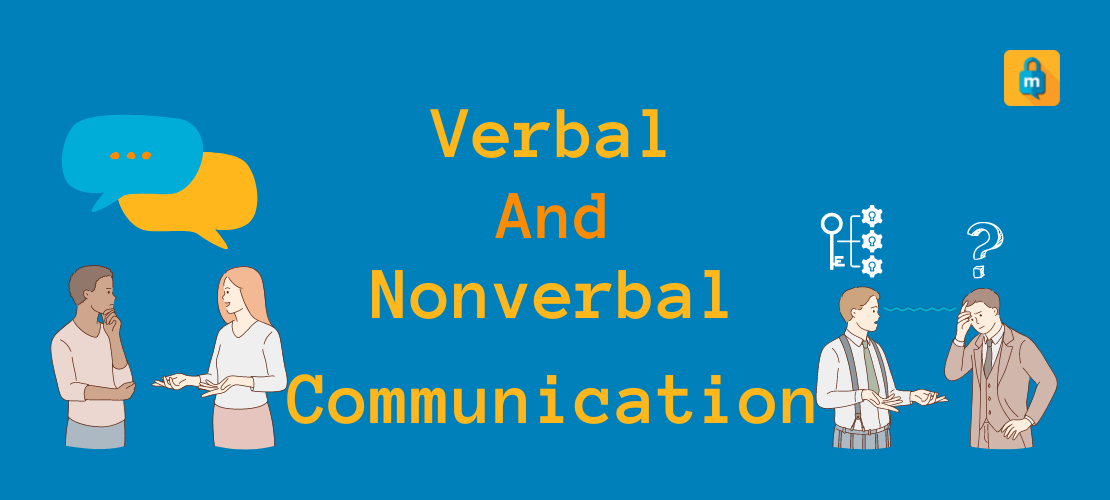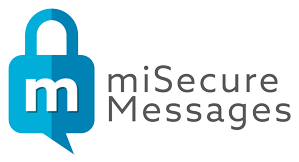
Verbal and Nonverbal Communication. Become Culturally Competent to Better Serve Your Patients!
Does verbal and nonverbal communication matter? What's the difference? How is that applicable to healthcare? Verbal and nonverbal communication is an integral part of intercultural communication. Communication is an art; even with words, the unsaid has more meaning. To decipher those meanings, one must be culturally competent to understand. Gilmara de Lucena Beserra's study, "Non-verbal nurse-parturient communication in labor in Portuguese-speaking countries." found that nonverbal cues are related to how a patient feels. Especially vital in healthcare, patients express concerns with nonverbal cues, "The human being communicates through verbal communication and non-verbal communication. Not always, non-verbal language is fully understood by professionals working in health services" (Beserra et al., p. 2). Since culture is about learning, people can use communication and culture interchangeably. Because culture teaches one how to think, feel, act, and interact. To understand your patients further, learning verbal and nonverbal codes is an essential step toward becoming culturally competent.
Verbal Communication
Known as digital communication-verbal communication is the direct, instrumental, and personal style of communication. People within low-context cultures rely heavily on verbal code during communication. Verbal messages encapsulate thoughts, intents, and goals explicitly. A secure messaging app delivers a statement according to the sender. Interpreting the message is ultimately up to the receiver to decipher the message.
There are four verbal communication styles:
- direct and indirect styles
- elaborate and succinct
- personal and contextual
- instrumental and affective.
Direct and Indirect
The direct style uses overt expressions of intention. Clearly articulating one's desires and needs; often, basic types are recurrent within low-context and individualistic cultures. Patients who communicate directly have no problem voicing what is going on. Indirect style is standard within high-context and collectivistic cultures. Intentions are hidden or suggested during the interaction. With indirect patients, there would be more questioning to get the patients to reveal their concerns in detail.
Elaborate and Succinct
There are three levels to elaborate and succinct style:
- elaborate
- exacting
- concise style.
The elaborate style emphasizes flashy and embellished language. An exacting style is when an individual says what is needed, and a brief type uses concise statements, understatements, and silence. The elaborate style relies on verbal amplification for the delivery of the message.
Personal and Contextual
Personal style communication amplifies an individual's identity. Such as, Americans use nice to meet you to greet anybody. You do not signify the status and position of the individual. The personal pronoun is consistent across situations. Now, contextual style highlights the role of one's identity. The social context dictates the word choice and the language across conditions.
Instrumental and Affective
Instrumental style is sender and outcome-based, using communication to achieve a goal or outcome. When the purpose or result is complete, the communication ends. Affective communication is when communication is receiver and process-oriented. The speaker is more concerned with the process of communication rather than the outcome of it, operating in an intuitive sense and nonverbally expressive.
Nonverbal Communication
In analogic communication, people have less control over nonverbal behavior and see it as more honest than verbal behavior. People within high-context cultures rely heavily on nonverbal codes. Conversing is indirect, and one's intent is hidden and only revealed slightly during an interaction. Characteristics of indirect manner are ambiguity and vagueness. There's no need to articulate every message. Still, from the action within the environment, "Evidently, the nurse practitioner, who works in the care of labor, must understand non-verbal signals in order
to reduce the patient's anxiety and transmit confidence and security." (Beserra et al., p. 2). Nonverbal communication sends messages through body motions, eye contact, space, use of time, touch, vocal qualities, artifacts, dress, and smell. Nonverbal code can complement, accent, substitute, repeat, and contradicts the verbal message. Understanding nonverbal gestures is a prerequisite for becoming an interculturally competent communicator and delivering quality patient care.
How one communicates will be dependent on their environmental culture as well. High-and-low context culture determines whether an individual will use verbal or nonverbal codes during communication. A person within a high-context culture will use nonverbal codes, whereas someone within a low-context culture will use verbal codes. There are two types of linguistic/speech codes:
- elaborated
- restricted
Elaborated Code
Speakers have the opportunity to use a variety of linguistic options to communicate. They can put thoughts, intents, and goals into an explicit verbal message. Any language allows one to elaborate their intentions. However, the social system regulates it.
Nonverbal communication uses many senses to communicate. For healthcare professionals, there are even more details to look for in a patient's nonverbal cues since nonverbal communication plays a significant role in fostering trust and heightens the perception of clinical empathy.
Restricted Code
A status-oriented system that results in limiting the speakers with what they can say or do verbally. Reinforcing the social system by restricting a speaker's options during communication. Usually, confined codes are found commonly within high-context cultures—the status of the interactants mandates who can say what and how it's said. However, fixed codes can appear within both high-and-low context cultures.
Learning about verbal and nonverbal communication is one step toward becoming culturally competent. A culturally competent healthcare provider will successfully pinpoint a patient's concern. Gain a patient's trust and ease their anxieties. Culturally capable leaders can also mitigate team conflicts, assess patients' nonverbal cues, and communicate the urgent crisis appropriately across departments.

